Question asked by Lilian
What are the views of worshiping Guan Yu? And also, if Guan Yin(aka. Chenrezig and Avalokitesvara) don't have mediums, then why is there one for Guan Yin according to this video:
Would it be wise to worship the mad monk Ji Gong? Is Ji Gong a Buddha or not?
How does eating flesh and drinking alcohol beneficial in Tantra? Isn't it against the precepts?
Why is cannibalism of human flesh in Buddhist Tantras?
What are the mantras of the 8 main dharmapalas:
-Palden Lhamo
-2 armed Mahakala
-Begtse
-Vaishravana
-Yamantaka
-Hayagriva
-Yama
-Tshangspa Dkarpo
?
































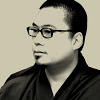






































































































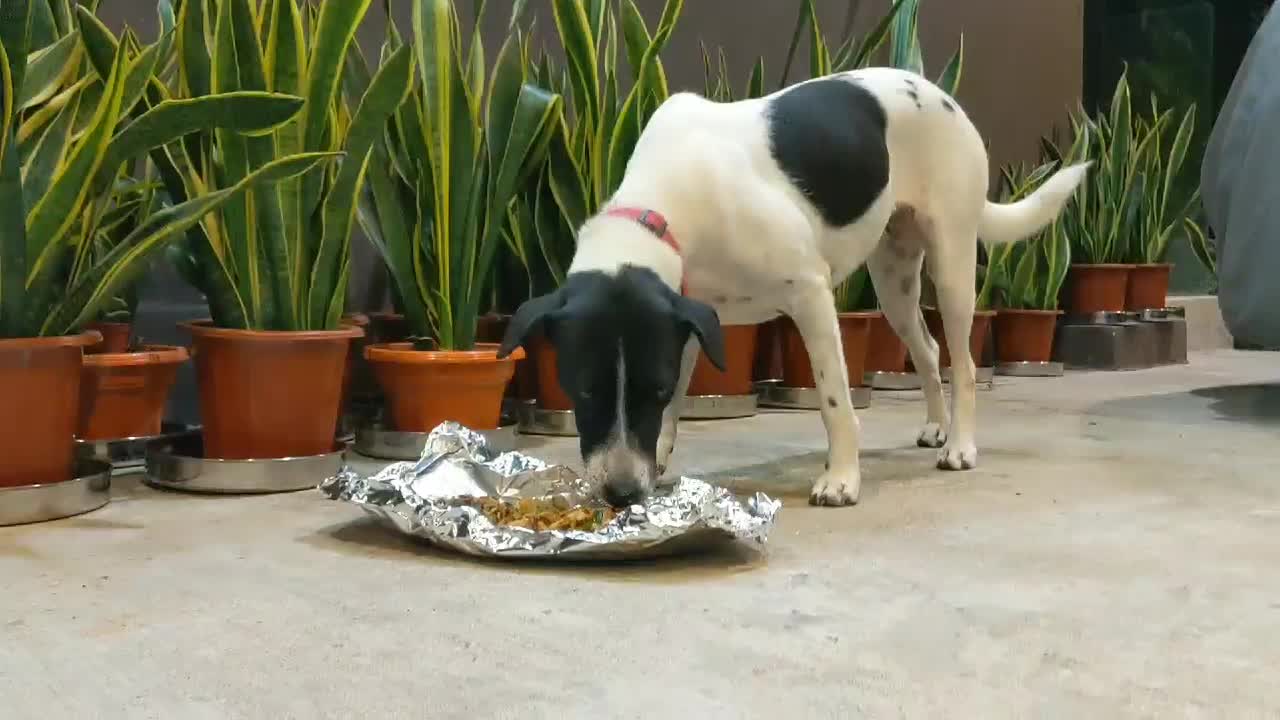
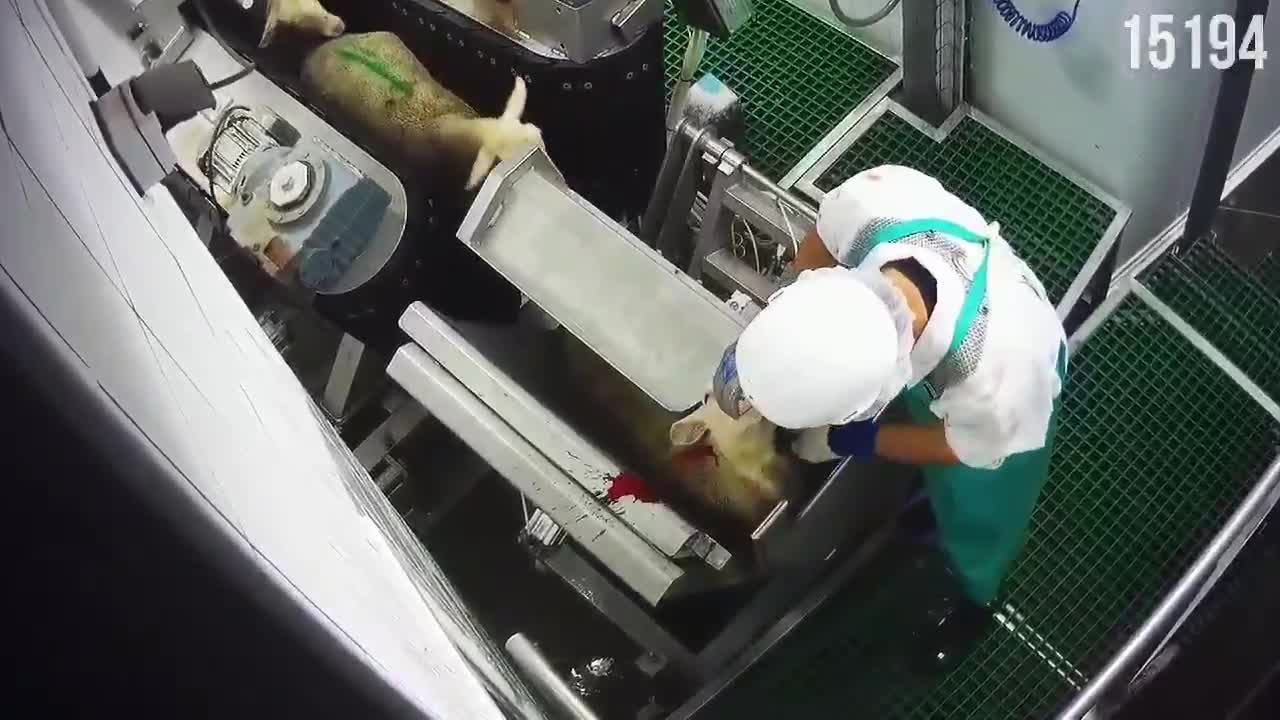

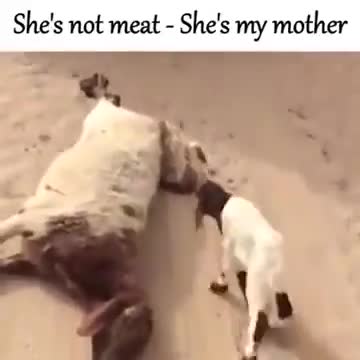
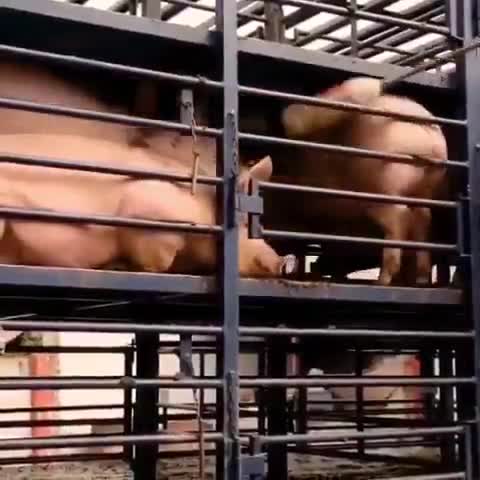

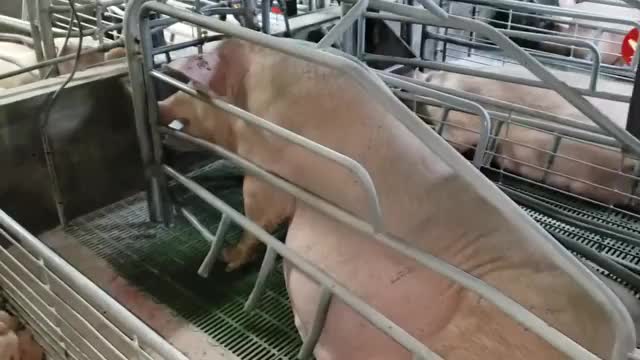
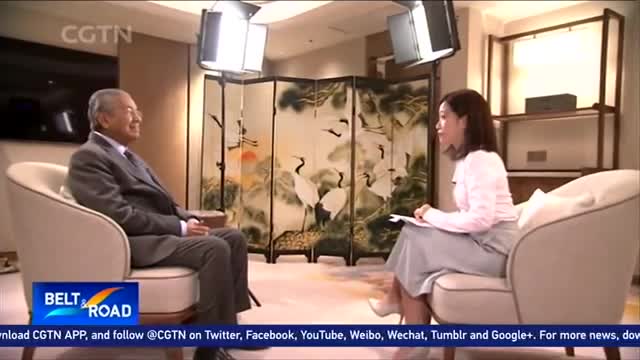
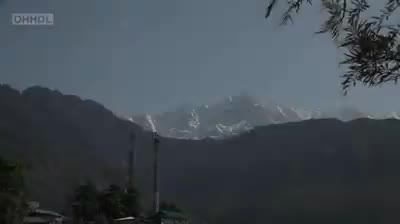
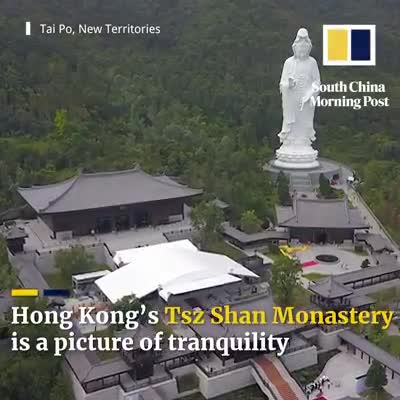
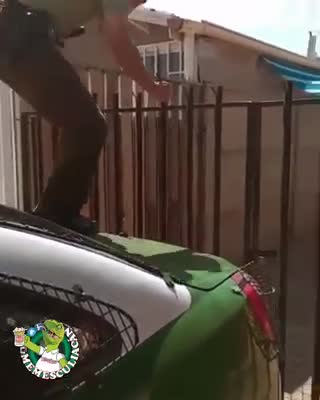
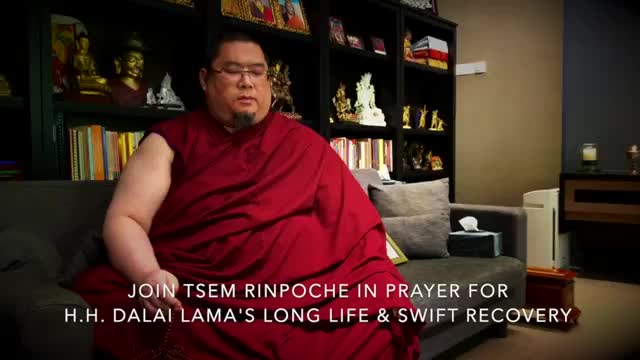
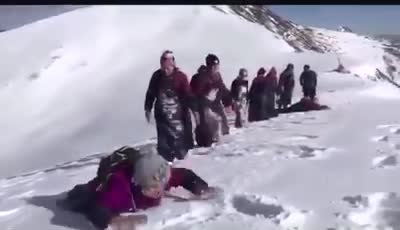
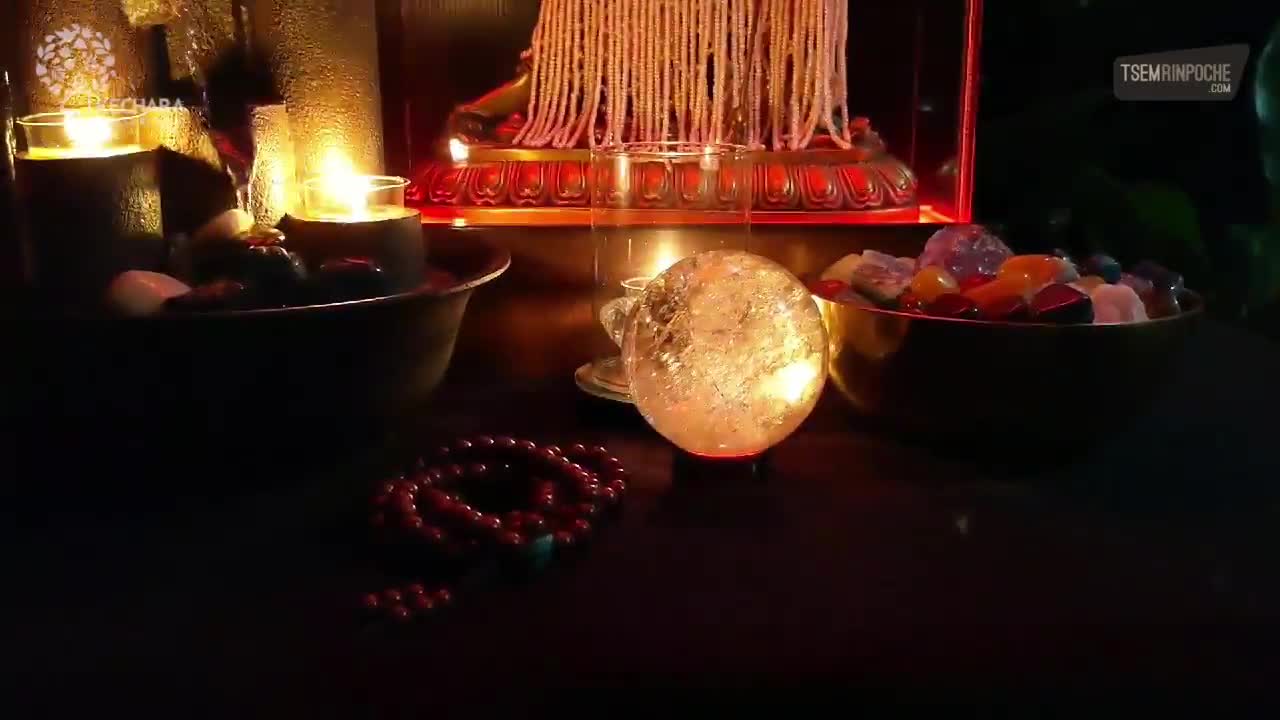

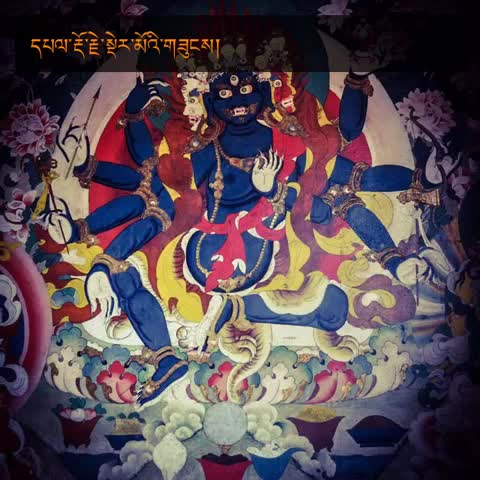
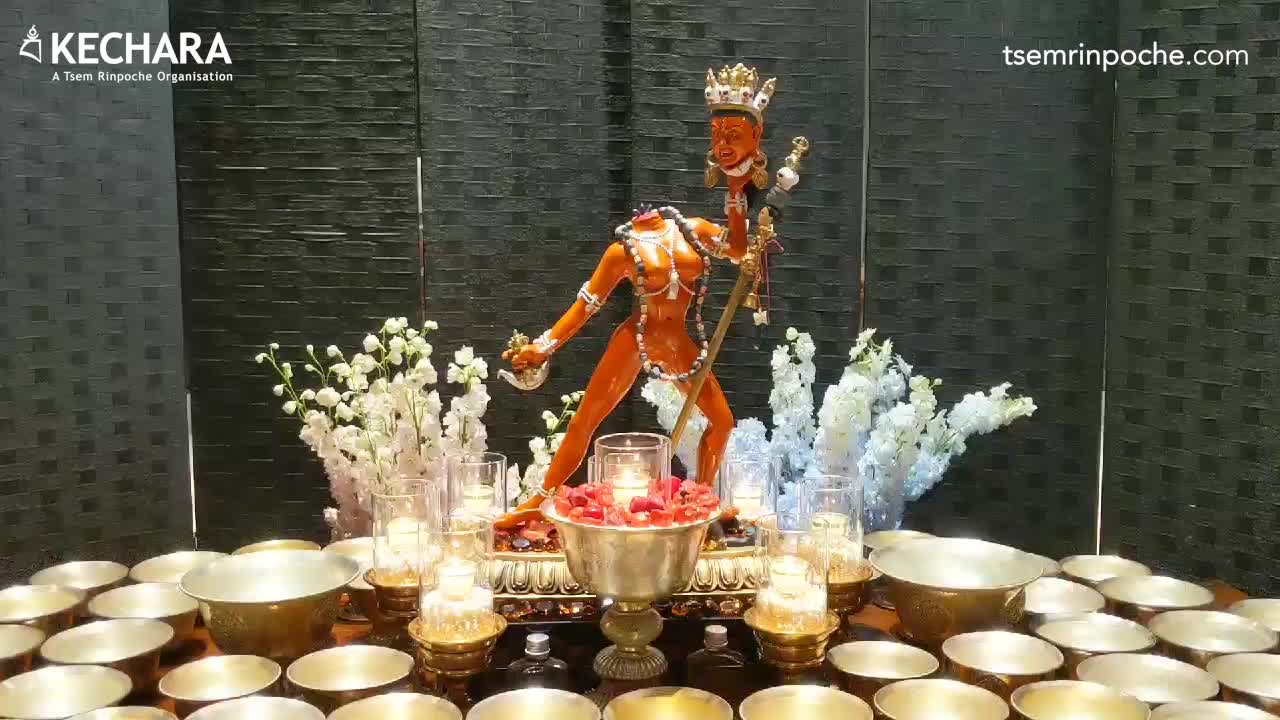





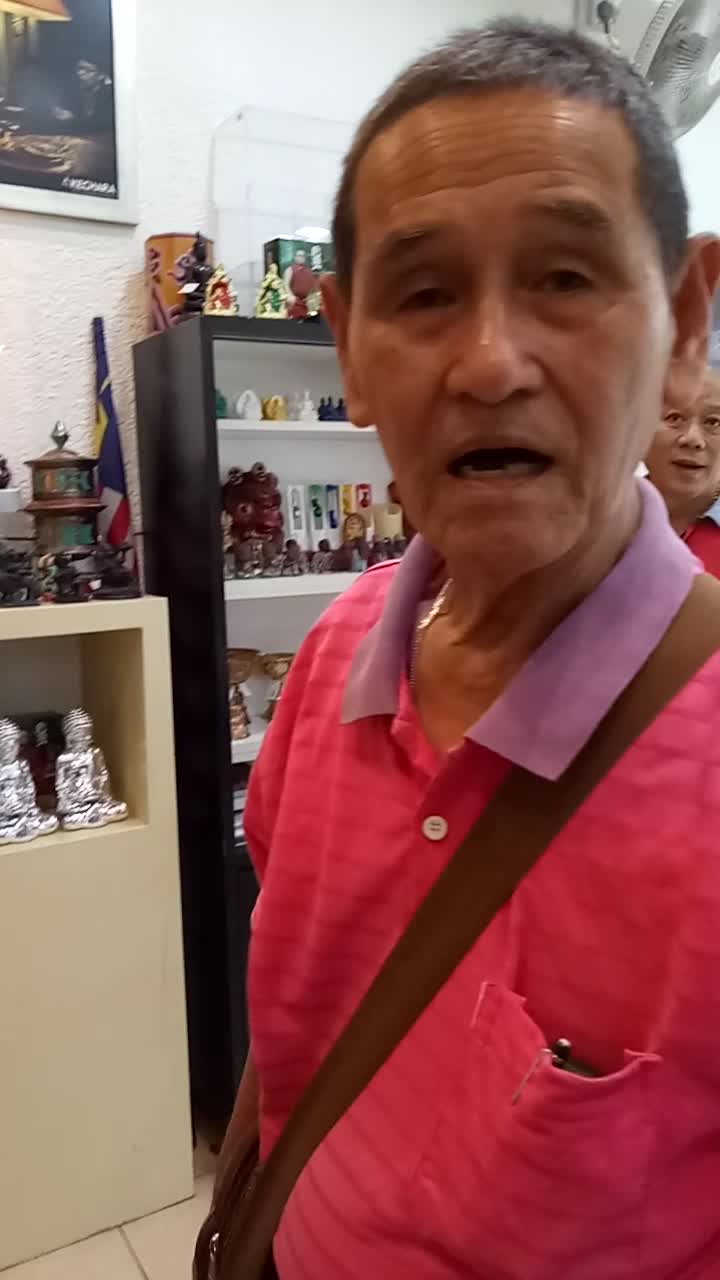







































































Dear Lilian,
Thank you for your questions. Guan Yin is considered to be the same as Chenrezig. In India and Tibet Chenrezig appeared in male form, but when appearing in China, Chenrezig appeared as a woman and came to be known as Guan Yin. As such worshiping Guan Yin is the exact same as worshipping Chenrezig, there is no difference. Both will lead to the development of compassion on the path towards enlightenment.
In the case of oracles, within the Tibetan tradition, it is said that there is no oracle to Chenrezig. This is because, traditionally, only the Dharma protectors take trance of the oracles. The reason for this is because the form or body of the Dharma protector is within samsara, and is therefore closer to humans. This allows the deity to take trance in a human more easily. Even though this is the case, it still takes an immense amount of training for an oracle to prepare themselves to allow the deity to enter.
The ‘form’ of Guan Yin or Chenrezig, is not within samsara as he is an enlightened being. This makes it very difficult for a being within samsara to be able to withstand the energy of the enlightened being. However, an enlightened being can emanate in a form that is closer to humans, and this form can take trance in an oracle. For example, Manjushri emanated in the form of Dorje Shugden to be close to practitioners. In the form of Dorje Shugden, Manjushri is able to enter an oracle. This is not to say that it is impossible, just that it would be very difficult and would require and special kind of oracle for the main form a Buddha to enter. If the oracle in the video is real or not, I cannot say because I do not have clairvoyance to check if it is actually Guan Yin or not.
Ji Gong, was definitely a Buddhist, you can read more about his life in an article written by Pastor David Lai here: https://www.tsemrinpoche.com/tsem-tulku-rinpoche/buddhas-dharma/ji-gong-the-crazy-monk-of-china.html. As for worshipping him or not as a Buddha, I have never come across any practices within Tibetan Buddhism that say he is a Buddha, however he did exhibit mahasiddha-like qualities which can be a sign of his highly attained state. In either case, he was a fully ordained Buddhist monk, therefore you can consider him to be part of the Sangha jewel for sure. In fact in Buddhist practice, we should consider anyone who wears the robes of an ordained monk or nun as part of the Sangha jewel.
As for tasting meat and drinking alcohol within tantric practice, this is only done so if you are practicing one of the Anuttarayoga Tantra class of deities. In the other classes of tantra, the eating of meat and drinking alcohol is actually prohibited as in these forms of tantric practice, these substances can negatively affect your practice.
In the case of eating meat and partaking of alcohol, these are not done in large amounts but very small amounts, literally you just take enough to taste it. This does not break any of the precepts. The precepts are there to ensure that you do not engage in actions that collect negative karma. Negative karma arises when we act from self-centeredness. For example, thinking that eating meat or drinking alcohol will bring you pleasure and not thinking about where it came from or the affects it will have on your body. Meat came from the killing of a living being and alcohol clouds the mind so you cannot think straight, this can lead to the accumulation of negative karma. Therefore the precepts guard against these.
Tantric practice however breaks through the conceptions we have of reality, thereby allowing us a closer understanding of emptiness. When we realise emptiness, that reality is not the way we usually consider it to be, then we can achieve the state of a fully enlightened Buddha. Within tantric practice these two substances are therefore transformed into those that quicken our path to complete enlightenment. You may find this article here explains a little more: https://www.tsemrinpoche.com/tsem-tulku-rinpoche/animals-vegetarianism/tantric-meat.html. Images of dead humans or cannibalism appear in tantric practice to again break our preconceived notion of how reality is. Rather than being actually practices or actually people, these figures are the visualised form of our negative karma and delusions. For example, in the practice of Trakze Dorje Shugden there is a very wrathful visualisation in which the entourage of Trakze cut up a corpse and offer it to Trakze. This is a misunderstood visualisation, but one that is very common. The corpse here actually represents our negative karma and delusion. These practices are actually very beneficial in purifying the negative karma that causes us many problems in life. You can read more about Trakze Dorje Shugden here: https://www.tsemrinpoche.com/tsem-tulku-rinpoche/buddhas-dharma/trakze-to-dispel-black-magic-spirits.html.
In regards to the list of Dharma protectors you have provided, according to our lineage some of the deities you have mentioned are not Dharma protectors but are actually Yidams, or meditational deities, which you can practice to gain enlightenment. See below for mantra and more information:
Palden Lhamo’s mantra: JO RAMO JO RAMO JO JO RAMO TUNJO KALA RACHENMO RAMO AJA DAJA TUNJO RULU RULU HUNG JO HUNG
By 2-armed Mahakala I believe you are referring to Mahakala Bernagchen, here is his mantra: OM SHRI MAHAKALA YAK KHYA BETALI HUNG DZA
Vaishravana’s mantra: OM VAISHRAVANA YE SOHA
Yamantaka: This deity is actually considered of the deities belonging to the Highest Yoga Tantra class. As such he is a Yidam, therefore his mantra is usually not shared with those who have not recieved an appropriate empowerment.
Hayagriva’s mantra: HRI PEMA DATRI HAYAGRIVA HULU HULU HUNG PHET
In the case of Yama, if you are referring to the god of death, I have not come across his mantra in my own practices. However, if you are referring to Yama Dharmaraja, this is actually another name for Kalarupa, his mantra is: OM KALARUPA HUNG PHET.
I hope these answer your questions. Thank you.